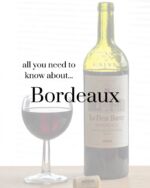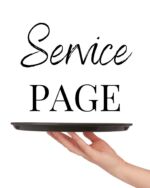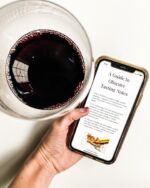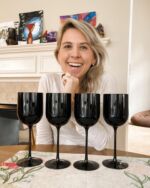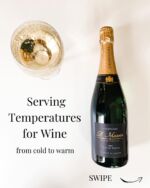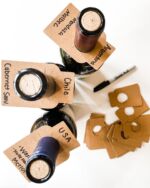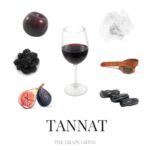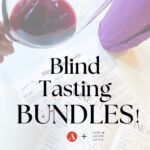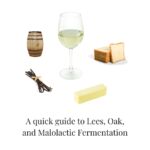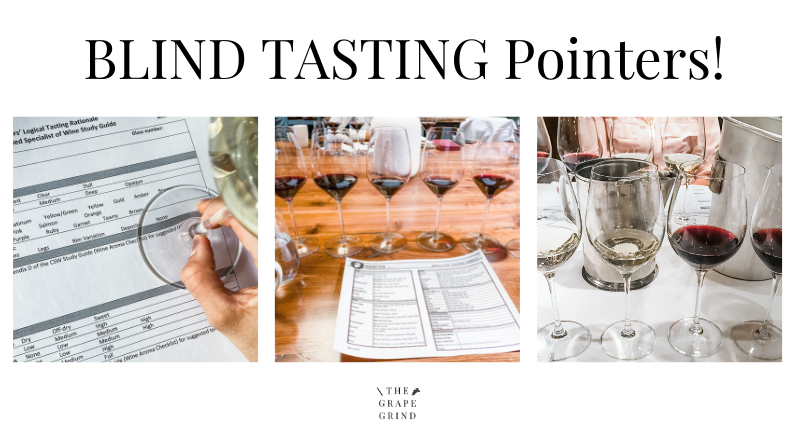
Blind Tasting: Tips for calibrating your palate!
With the start of Tasting Group, I wanted to hone in on some things I’ve learned in the process of blind tasting over the past 10 years!
It’s not necessary to be able to identify a wine BLIND in many life settings outside of a wine exam. However, learning blind tasting skills is incredibly valuable for anyone intrigued by the elements that make wine so appealing! Many of the components in the process you recognize naturally when tasting wine (they involve all of your senses) …blind tasting is all about fine-tuning them!
There are many benchmark aroma and flavor categories specific to each variety and region! We all might identify them slightly differently based on our own unique experiences and tastes, but consistently tasting wines side by side (both blind and open-label) will help you commit certain characteristics of a variety to memory.
This will certainly help you pass an exam (if you’re a student), but more importantly, it will enable you to become confident in describing wine, talking about what you like, and recommending wines for others!
I also wanted to share some blind tasting tips and resources I’ve gathered in the past 10 years:
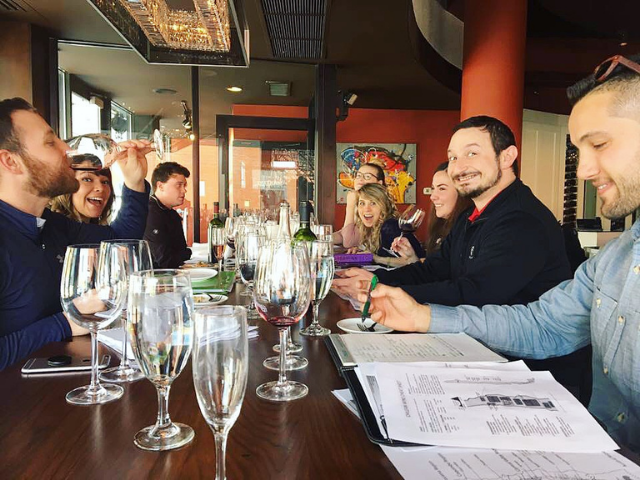
1. Taste With a Group!
+ learn from others
There is no better way to gauge what you are tasting in a glass of wine than to talk about it with others! Getting different perspectives on structure and flavor can really help fine-tune your own individual palate! This does not mean everyone will taste the same thing, but it opens a door for conversation in identifying the basic components.
Looking for a Tasting Group? We have a Virtual one!

2. Follow a grid or format
+ have a method
It’s almost essential to have a system, framework, or grid to help you get to know the process. Eventually, you’ll have this memorized and can pull what you need to from the wines, but knowing all of the components upfront really helps you break it down. Each certification has a method that includes similar components for sight, nose, and palate, and you can find plenty of examples online, like the Court of Master Sommelier’s Deductive Tasting or WSET’s Systematic Approach.

3. Buy Classic!
+ get a good baseline for a variety
A classic wine is a benchmark for a grape variety. These are the bottles you’ll find in exam settings.
It’s a style that many winemakers used to emulate because that was the standard expression. A majority of Classic styles are from an established (or iconic) producer, however, there are plenty of newer producers making classic styles as well.
These wines are almost always quality, but not always expensive.
Classic/benchmark is what you want to reach for when blind tasting (especially for exams). Not because these are the only “good wines” (some I very much dislike)…but having a baseline of what is ‘classic’ is helpful for tasting.
Check out my recently posted Producer Guide for some examples!

4. Do Side By Side Tastings
+ compare wines often!
Lining up wines and doing side by side tastings is helpful (even if you know the varieties). This allows you to compare wines next to each other and calibrate your palate. It’s easier to identify a descriptor in a glass of wine when you can compare it to another! Try lining up wines with different levels of acidity/tannin, or the same variety from different areas! I love to have three half-pours of different wines instead of one variety sometimes. It’s like my own personal flight that I can learn from!
Here is a checklist of wine lineups for inspiration

5. Start with what you know
+ expand from there!
Start with 4 varieties and constantly blind taste them until you feel like you have a good understanding of what they showcase for you! Then add others into your mix!
Another great trick I learned: When you have blinds poured, nose through all wines first, and start with the wine that makes you feel the most confident. I have found I am more successful this way. I start with a wine I’m more likely to know which gives me motivation through the following wines!

5. Don't Assume
…or let your first impression lead you to the wrong variety!
Don’t make conclusions based on sight or smell alone. If you do this, you may trick yourself into believing the wine is what you want it to be! Go through the entire process before narrowing down your answer. Put ALL of the puzzle pieces together! This one is tricky and takes practice, but try and remember it every time you are tasting!

6. Be Wrong
Yes, that’s a tip!
Not even the pros are right all of the time! The world of wine is too big, and there are so many elements. How will you ever truly understand the elements unless you get a wine wrong? Being wrong teaches you. Being wrong calibrates your palate. Being wrong allows you to build a taste memory. Everything is based on building from existing knowledge!
Any other good ones you have come across, please let me know! Blind tasting is a constant learning process! Once you think you are on a roll something new jumps into the equation!
If you want to dive in or learn more, there are a lot more options here!
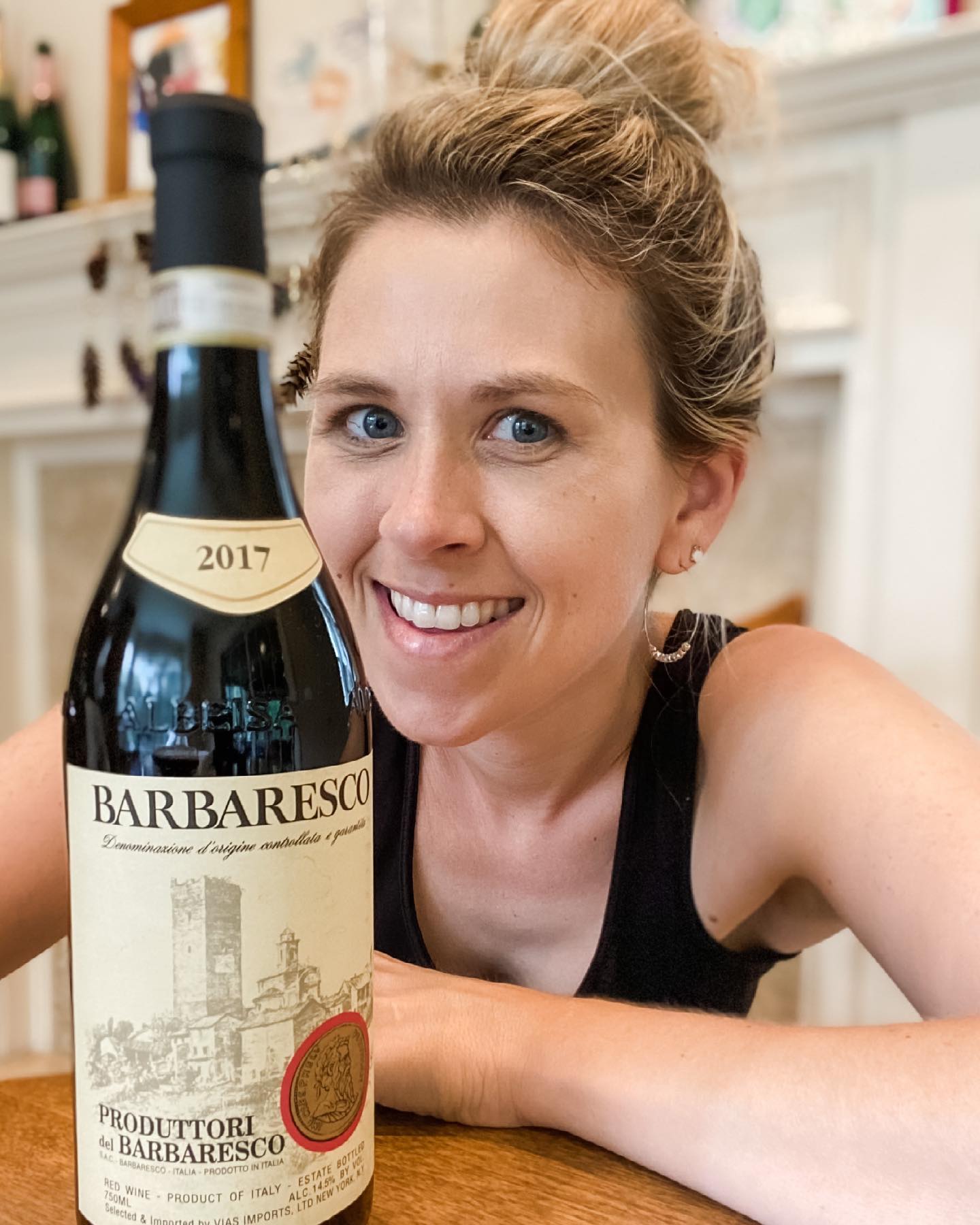

A Certified Sommelier and Certified Specialist of Wine with a passion for everything wine + beverage!
thegrapegrind

